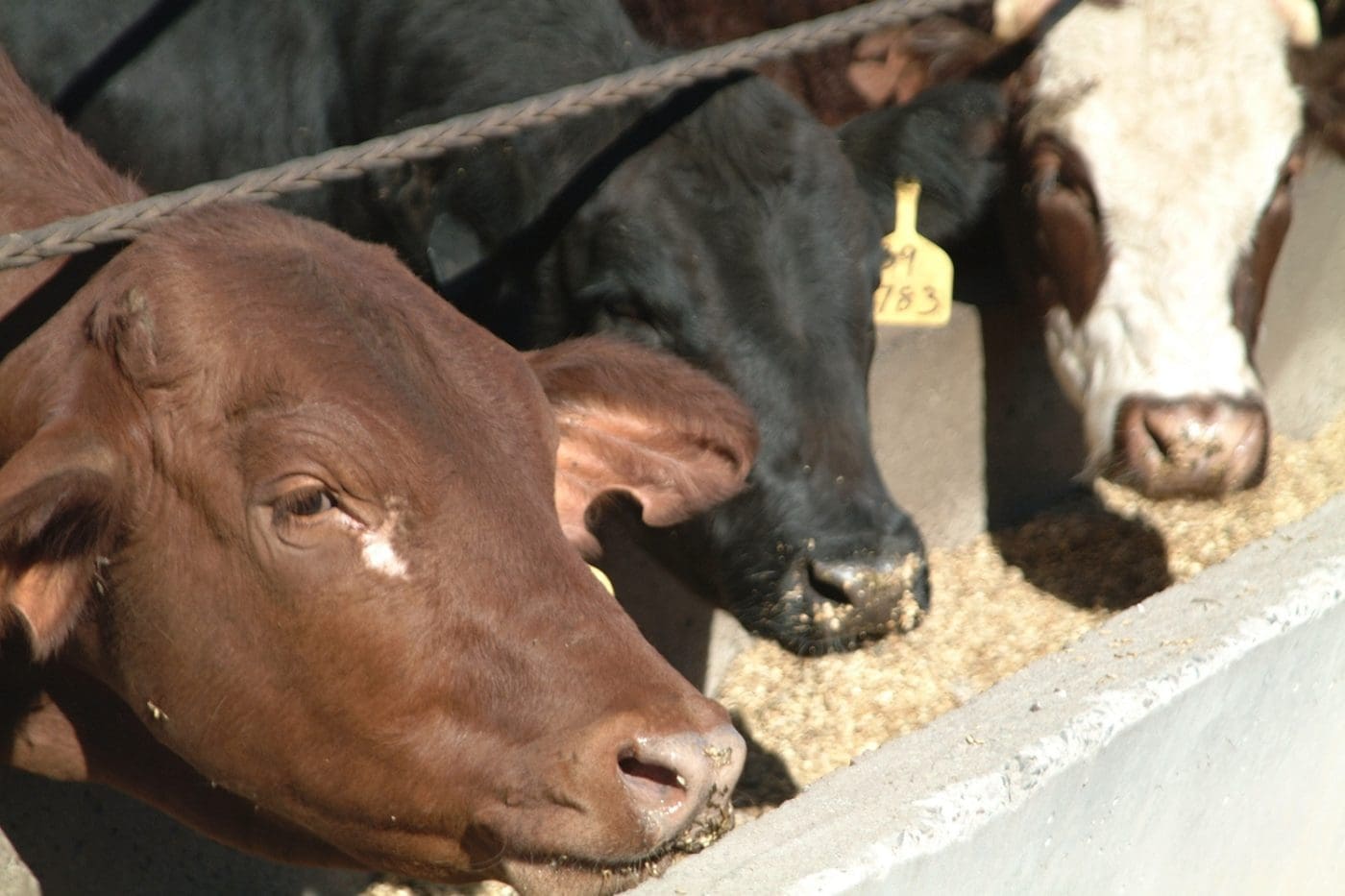BRAZIL is set to step-up the rapid intensification of its beef production sector over the next ten years, enabling the industry to expand into higher-value export markets in response to rising global beef demand, a report released this week suggests.
 According to the report “Beefing up in Brazil: Feedlots to Drive Industry Growth” Brazil’s feedlot capacity is set to more than double to 4.5 million head, turning off about nine million grainfed cattle annually, and increasing fed beef production by approximately 2.5 million tonnes per year by 2023.
According to the report “Beefing up in Brazil: Feedlots to Drive Industry Growth” Brazil’s feedlot capacity is set to more than double to 4.5 million head, turning off about nine million grainfed cattle annually, and increasing fed beef production by approximately 2.5 million tonnes per year by 2023.
“The opportunities for Brazilian beef producers, feeders, processors and exporters appear very bright,” said co-author, Rabobank analyst Adolfo Fontes.
“Expected improvements in productivity and quality in the beef industry will help Brazil increase its presence in high-value export markets such as Europe, Japan and Korea,” he said.
As Brazil’s beef herd has shifted off the fertile pampas plains, replaced by soy and corn crops, the ehrd has been pushed north into less productive grazing regions.
Brazil is already the world’s second-largest beef producer and the largest exporter. However, the industry remains relatively inefficient by global standards, with below-average sector productivity and yield parameters, suggesting significant opportunities exist for improvement.
The outlook for global beef demand in the next decade is promising, as economic and population growth in developing countries leads to a dietary shift towards higher-protein content meals.
“Brazil is uniquely placed to fulfil this need, due to the country’s unmatched potential for expanding corn and soybean production—the two most universally-used ingredients for animal rations,” the report suggests.
However, it anticipates major changes in beef cattle management and nutrition will be required, with Brazilian producers firmly gravitating towards more intensive production systems. Growing pressure for environmental sustainability, competition for agricultural land from with grain crops, and the need for scale in order to compensate for high basis and lower margins, are imposing significant efficiency and growth constraints on pasture-based Brazilian beef production.
The answer to Brazil’s need to grow beef production is the intensification of the finishing stage through beef cattle feedlots, the report suggests. It predicts intensification will see overall Brazilian beef production grow at 3.2 percent CAGR over the next decade.
Feedlots—as well as other higher-technology beef production systems—will allow cattle to be slaughtered younger and heavier, resulting in increased yields and productivity, as well as improved product consistency and quality.
Currently, less than 10 percent of Brazilian beef is raised in feedlots. The report estimates that the total investment needed to increase the current feedlot capacity by 2.5 million head is between US$2.5 billion to US$5 billlion.
- Click here to view the full report.



HAVE YOUR SAY